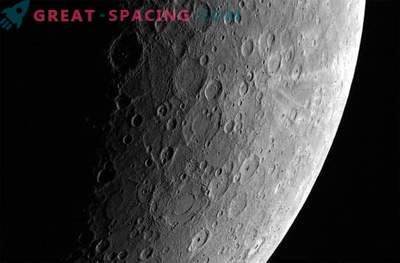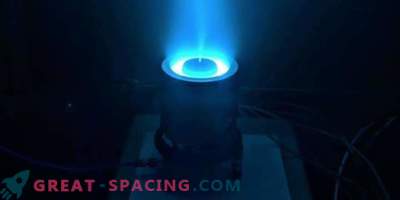
The Juno spacecraft spent 5 years and flew 1.74 billion miles to get to Jupiter’s orbit in 2016. In July of that year, he embarked on a mission to collect information about the structure, atmosphere, magnetic and gravitational fields of the planet.
Scientists also set about creating 3D models to predict the turbulent internal processes that form Jupiter’s intense magnetic field. In fact, the two studies were random, but they made it possible to compare observations with early reviews in the highest resolution.
Unfortunately, even with the efforts of Juno, it is impossible to obtain an excellent physical sample of turbulence inside the planet. Only the Mira supercomputer can help, which is also used to study the magnetic fields on Earth and the Sun.
Dynamo action
Magnetic fields are created inside the planetary and stellar cores due to the action of the dynamo. The thing is that the movement of electrically conductive liquids transforms kinetic energy into magnetic energy. A better understanding of the dynamo process will enable us to understand the birth and evolutionary path of our system.
Earth's magnetic field
Models of the internal processes of the Sun, Jupiter and Earth create three pictures connected by a common factor - a dynamo needs a lot of power.
Star Researches
The project started in 2015 and concentrated initially on the Sun. This is an important point, since the understanding of the solar dynamo will make it possible to correctly predict solar flares, coronal mass ejections and other space weather factors.
With the use of Mira, we managed to create several of the most accurate simulations of solar convection. For example, scientists were able to establish the upper limits of the typical flow velocity in the convection zone - a key point for understanding how a magnetic field is generated. As a result, the model accurately conveyed the sphere, which also rotated.
Understanding the core of the earth
Magnetic fields in terrestrial planets are formed by the activity of liquid metallic nuclei. But the previous models had limitations on computing power, so it was necessary to imitate liquids, whose conductivity exceeded current liquid metals. To correct this deficiency, scientists from CIG have created a high-resolution model capable of simulating the metallic characteristics of a molten iron earth core. Without imitation of a realistic metal, problems with turbulence appear, therefore scientific calculations cannot be performed.
Progress with Jupiter
When studying Jupiter, researchers plan to create a unified model that takes into account the dynamo and powerful atmospheric winds. To do this, it is necessary to form a simulation of a deep atmosphere, where the jets spread throughout the planet and connect to the dynamo region.
In this regard, the team has moved far and has already managed to achieve the highest resolution for the giant planets. Similar models based on Jupiter can be used to predict surface eddies and thermal emissions. Later, all these data will be compared with the indicators of Juno and will check how reliable they are.











































